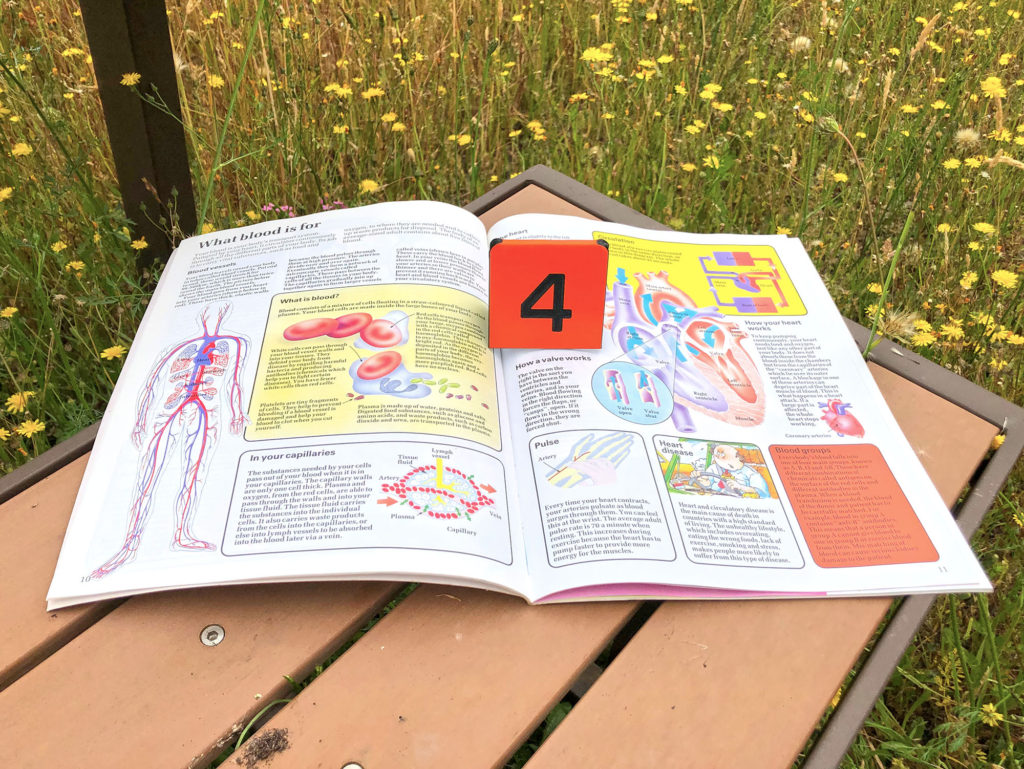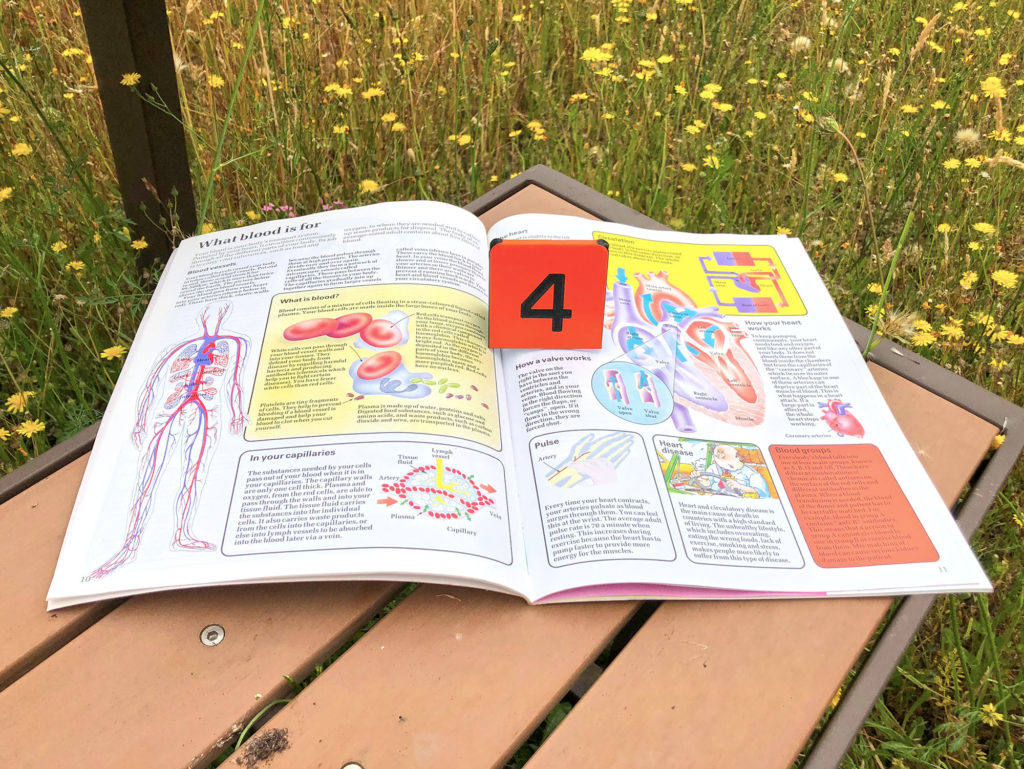
Cardiovascular Disorders Cardiac & Vascular Diseases


Cardiovascular Disorder Objectives
- Describe various vascular diseases, including hypertension, hypotension, strokes, and atherosclerosis.
- Explain what is occurring to the heart in a myocardial infarction, a heart murmur, congestive heart failure, and arrhythmias.
- List the types of information provided in CBC and CS blood tests.
Vascular Disorders
We are beginning this guide with vascular disorders. This video introduces the most common vessel diseases.
Note: currently COVID-19 daily deaths may exceed cardiovascular-related deaths in some countries. However, it is currently estimated that cardiovascular mortality will exceed mortality related to SARS-CoV-19 in 2020.
Many people develop hypertension as they age. This video describes risk factors as well as ways hypertension can negatively impact organs.
Another vascular disorder that many people develop as they age is atherosclerosis, “hardening” of vessels. Of particular concern is “arteriosclerosis,” plaques building up in arteries. Let’s take a closer look at atherosclerosis and its impact on blood flow.
Hypertension and atherosclerosis can lead to a stroke, interruption of blood supply in the brain.
What is the difference between a hemorrhagic stroke and an ischemic stroke?
Cardiac Disorders
We’ll start cardiac disorders with an introduction to the most common heart diseases.
A heart attack can occur without previous noticeable symptoms. Understanding this disease can motivate us to minimize risk factors whenever possible.
Bypass
Blocked coronary arteries can potentially be bypassed if an individual is healthy enough for this extensive surgical procedure.
Another possible cardiac disorder is a heart murmur, a defect to part of the heart, often a valve.
If the pacemaker region of the right atrium, also known as the “sinoatrial node,” becomes damaged, arrhythmias can result.
Blood Tests

Blood tests are frequently used to diagnose or rule out potential disease conditions. This page starts with a look at commonly used blood tests that could reveal a wide range of disorders. Then we will focus in on blood disorders, problems with the blood cells and platelets that can have a significant impact on health.
Two of the most common blood tests are the CBC (complete blood count) that gives information on blood cells; and the CS (chem screen) that gives information on the blood plasma.
A low platelet count on a CBC may explain excessive bruising. In this video we’ll take a look at the impact of reduced platelets and learn about the stages of bruising that we all experience after impact to the skin.
This is the end of Guide 2’s content. After you check your knowledge over the material, proceed to the product page.

Check your knowledge. Can you:
- describe various vascular diseases, including hypertension, hypotension, strokes, and atherosclerosis?
- explain what is occurring to the heart in a myocardial infarction, a heart murmur, congestive heart failure, and arrhythmias?
- list the types of information provided in CBC and CS blood tests?



